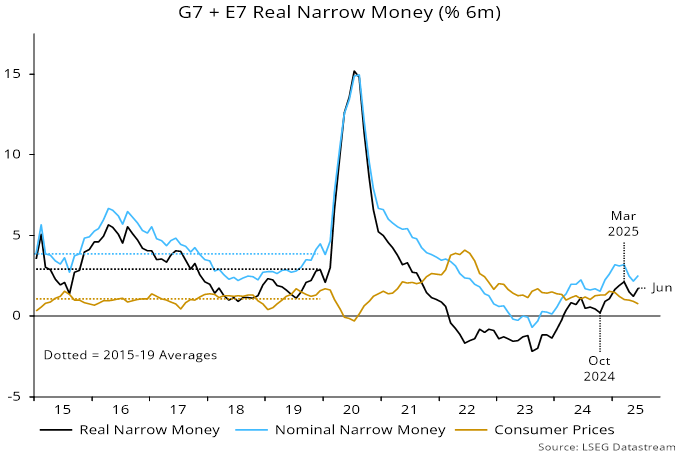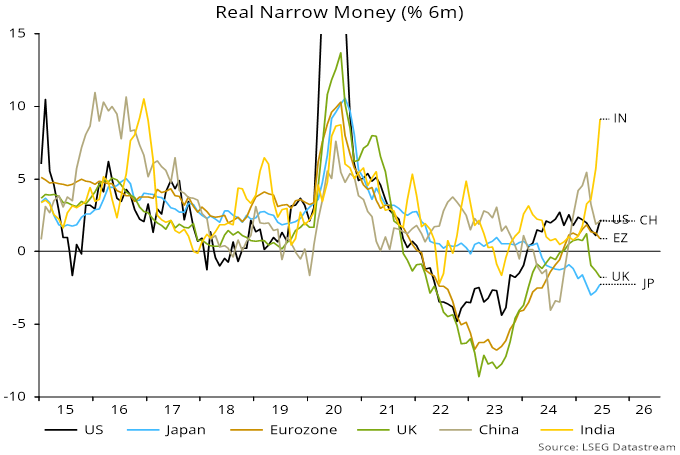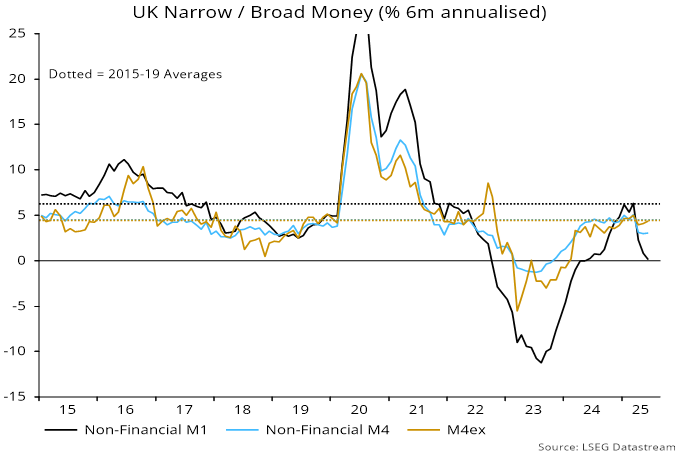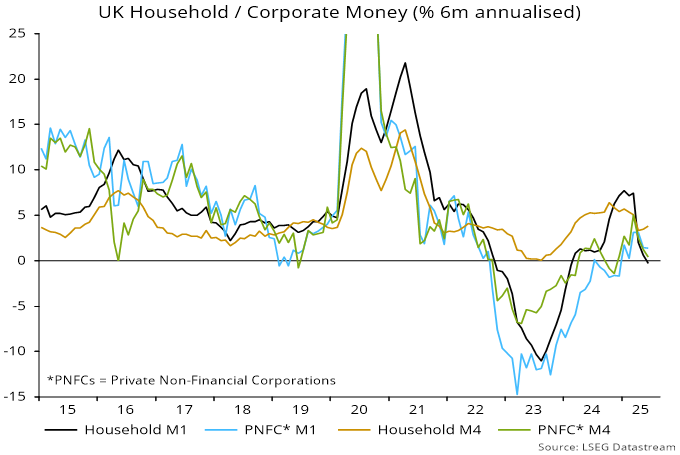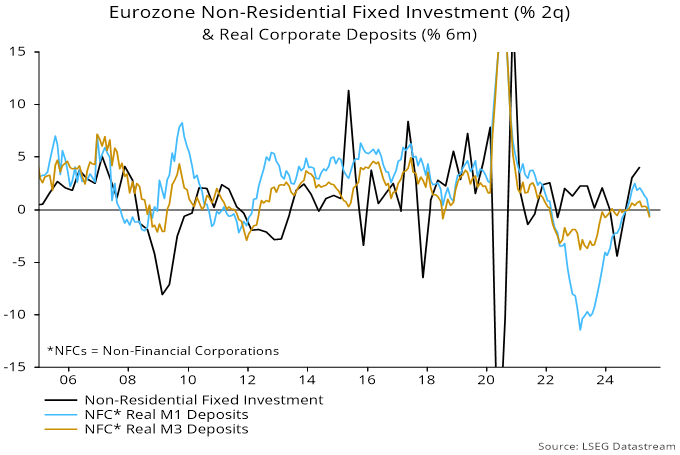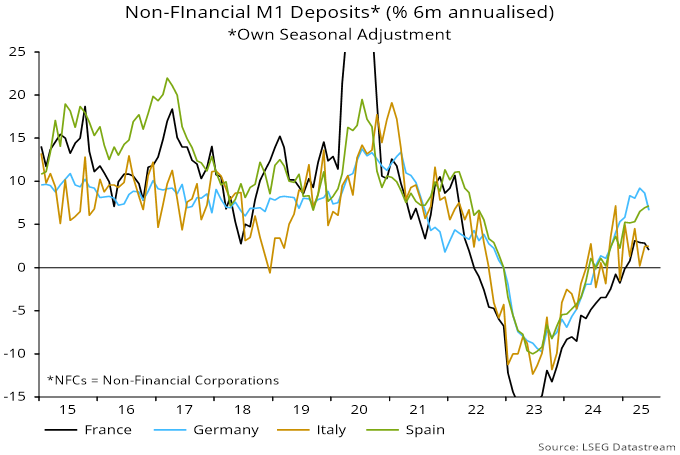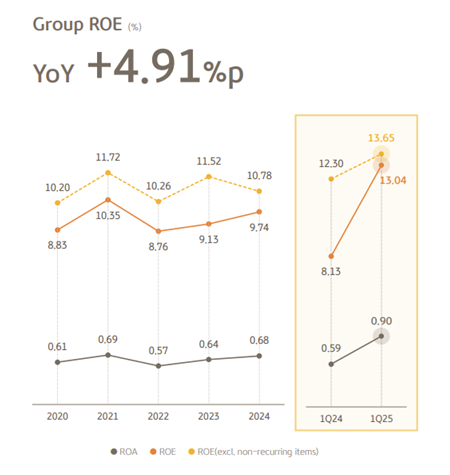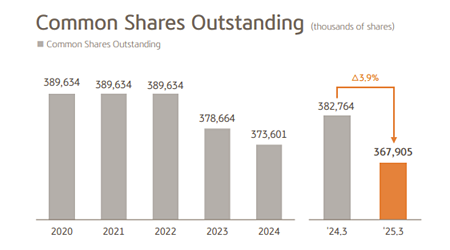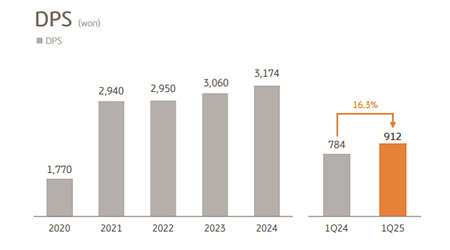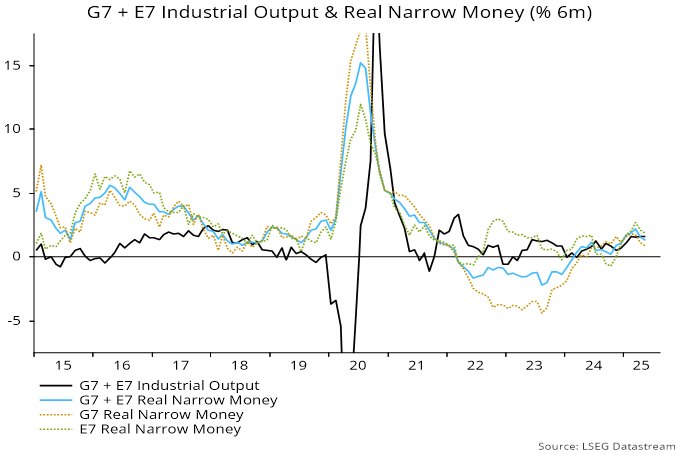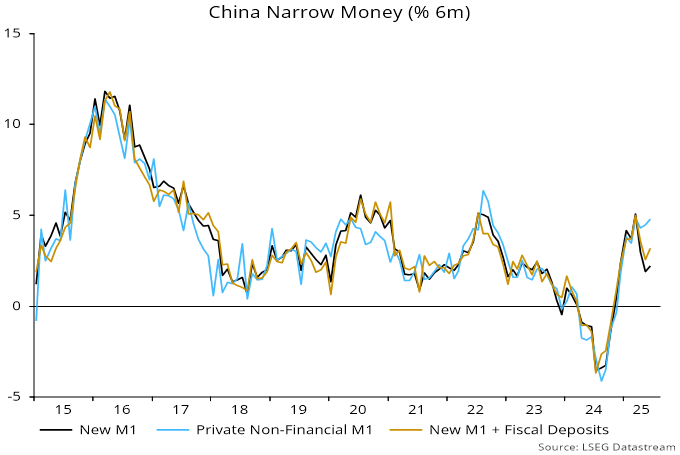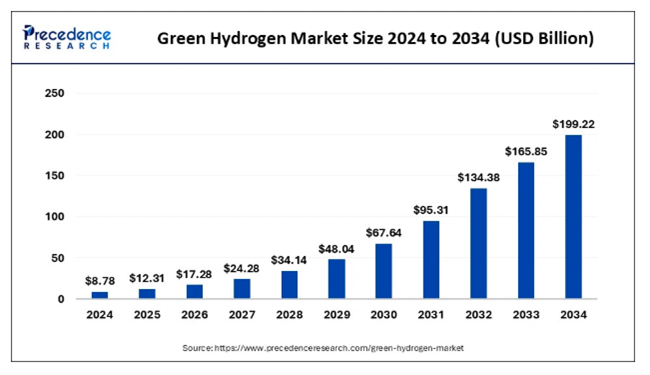
MENA equity markets ended the second quarter of 2025 with returns of 1.3% for the S&P Pan Arab Composite LargeMidCap Index versus the MSCI Emerging Markets Index which was up 12.0% in the same period. For the year-to-date end of June 30, MENA markets were up 4.0% compared to 15.3% for emerging markets (EM).
The significant underperformance of MENA versus EM in the first half of the year should not come as a surprise. In our last letter, we flagged the risk of regional underperformance in a weak oil/weak USD environment that has characterised much of the first half of 2025. The under-indexation of MENA equities to the AI theme (a similar dynamic to what is observed in the underperformance of India equities this year) is another source of performance drag versus EM in the period.
Return dispersion among MENA equity markets is a desirable feature that we highlighted in previous letters and one that we feel is underappreciated by asset allocators. This dispersion allows us to step in and out of countries (on a relative basis) depending on our assessment of risk-reward in each. The first half provided a particularly good example of dispersion with a performance gap of ~25% between Kuwait (best performing) and Saudi Arabia (worst performing). Kuwait’s strong performance this year is being driven by increasing optimism on policy reform. However, our conversations with Kuwaiti companies in the last two months suggest a slower pace of execution, which is also visible in underwhelming earnings so far this year. Kuwait in 2025 is therefore likely to be a multiples expansion story that we believe has mostly played out. We therefore look for earnings growth in 2026 to support valuations or otherwise see scope for disappointment in the market.
In the interim, the market will still trade the headlines (particularly news on the mortgage law) and as a result we expect valuations to remain underpinned but not necessarily offering much upside.
The UAE also had an exceptional run that is extending into July and continues to stretch the performance gap with Saudi Arabia year-to-date. Fundamentals have largely supported the UAE-Saudi performance differential, as evidenced by comparing their respective banking systems’ loan-to-deposit ratio. UAE banks are leveraging their liquidity advantage to grow in the region, with an increasing share of their loan book growth attributed to Saudi Arabia.
Macro data appears supportive of the UAE and suggests an extension of a very strong three-year cycle well into 2025. While we acknowledge the strengths of the UAE macro story, we are wary of the stretched positioning in certain stocks and, as a result, have been gradually tilting the portfolio to end-of-cycle stocks that appear less crowded and thus offer a more attractive risk-reward. This has so far proven premature as the market continues to be emboldened by solid earnings growth and positive macro data. On the other hand, Saudi valuations present an opportunity to gradually build positions in companies we like with a 12-to-18-month view. We also see Qatar as a dark horse market this year, given relatively low levels of ownership amidst an effort by the regulator to prop up interest in its market.
In our last outlook statement, we discussed the impact of tariffs on the region. The conclusion then and now is that the region’s net import position with the United States will mitigate any direct negative impact, but that the indirect impact through a lower oil price can be significant. While peak tariff noise has largely subsided, we expect it to continue to be an area of tension as the pace of negotiations and deals accelerates. A possible change in strategy by OPEC+ also risks adding more supply to the market and can result in downside pressure on the oil price as we exit the seasonal peak summer demand. Our working assumption is that oil stays in the mid-$60s for the rest of the year; this is a level we consider to be a sweet spot for the region as it secures the funding of key viable projects while acting as a natural mitigant to unproductive capital and operating expenditures. Recent announcements on giga-project scope and feasibility reviews might be taken negatively by the market initially (most recently “The Line” project), but we believe this signals a commonsense approach to spending and resource allocation. Mid-$60s oil might have an impact on equity market sentiment in Saudi Arabia, but the offset to that is the valuation environment appears conducive for good stock pickers.
The primary reason tariffs took a backseat in the headlines in the second quarter was the unprecedented escalation in hostilities between Israel and Iran in June. MENA investors have long grappled with the prospect of direct strikes between the two countries with most (us included) placing this in the “low probability/high impact” risk bucket. As the events played out – and contrary to most expectations – MENA markets proved resilient, ending up at 1.7% over the 12 days of escalation. Brent oil briefly flirted with $82 on June 23 before settling back down to a range of $67-68 hours later. With the benefit of hindsight, markets were quick to recognise that Iran’s capacity to defend itself or launch retaliatory strikes was severely curtailed and as a result, swiftly discounted a prompt resolution to the events (paralleling an even stronger rally in Israeli equities over that period). While we do not rule out further escalation in the future, MENA equity markets passed a major stress test in June. In fact, a strong argument can be made that the political risk premium attached to the region (particularly GCC equity markets) is lower than at any point in their history.
We look forward to updating you on the strategy in the next letter.


